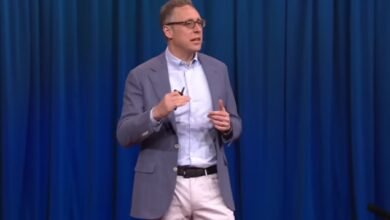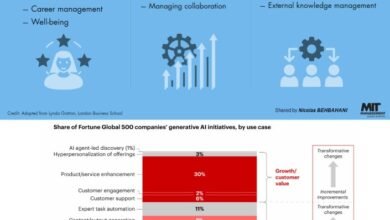Accepting Organisational Politics – Seeing versus Sensing

Source | LinkedIn |Joydeep Chakrabarty | Global Head People Services – India Region; Senior HR Leader focusing on strategy and change management; International Management Program IIM Bangalore
In the first article of the series DRAWing with Organisational Politics (www.linkedin.com/posts/joydeep-chakrabarty-0b3a881_trust-conflict-organisationalpolitics-ugcPost-6657239645954371584-LHJX), we addressed the first step, i.e. DISCOVERING Organisational Politics (OP), reflecting on the numerous factors at personal and organisational levels, primarily driven by conflict of interest, that lead to OP. In the second article (https://www.linkedin.com/posts/joydeep-chakrabarty-0b3a881_trust-conflict-organisationalpolitics-activity-6664857526238089216-YKGC), we delved into the next step, i.e. RESISTING Organisational Politics, discovering the impact of OP on the individual and the organisation as a whole, leading to the eternal question of whether we live with it or confront it. Checkout the 1st & 2nd articles (click the articles’ links above) to read / comment / like / share the same.
1. Reality Checks
So far we have analysed and reflected on how OP evolves as well as the divide between one’s personal and professional ethics versus OP. Now, let us look at some factual/contradicting scenarios within the organization that leads to certain insecurities which in turn drive certain individuals towards improving personal or organisational interests:
• Conflicting/Multiple Directives: An organisation needs to have a long term vision on one hand as well as on the other hand, be prudent of its current revenues and profitability. The conflict initiates when there are conflicting visions/directives flowing down the organisation! Many organisations have delayed progress or even failed due to such misalignment of priorities. This trend even shows up at country-wise department levels, for example, when the Finance department is pure driven by the balance sheet and return of investment, whereas the Human Resources department is talking more about intangibles like staff retention, workplace ethics, culture building, trust and empathy!







